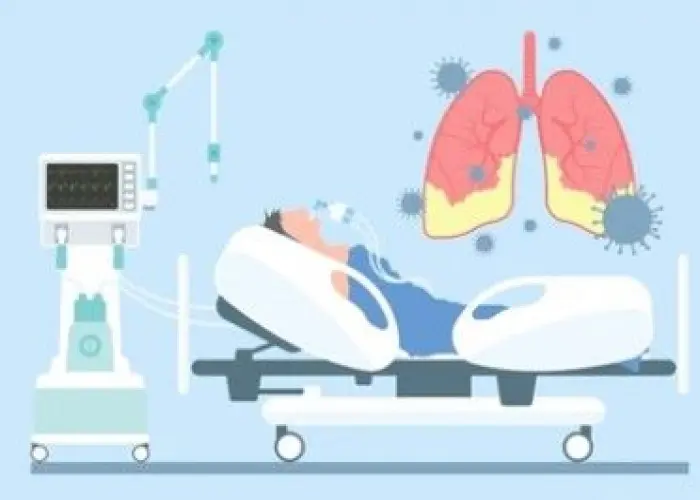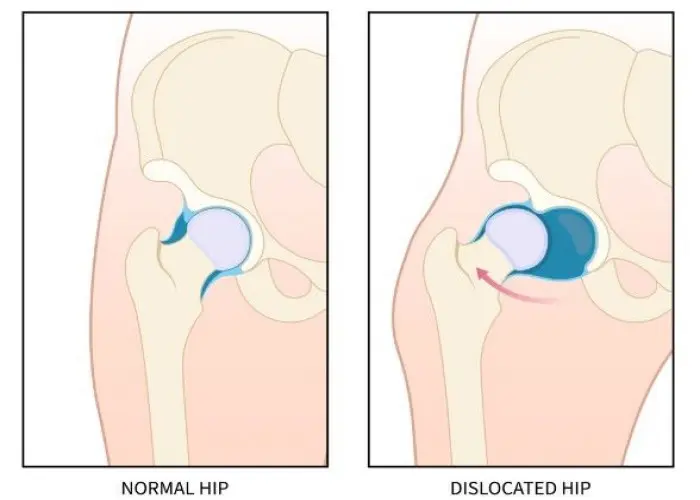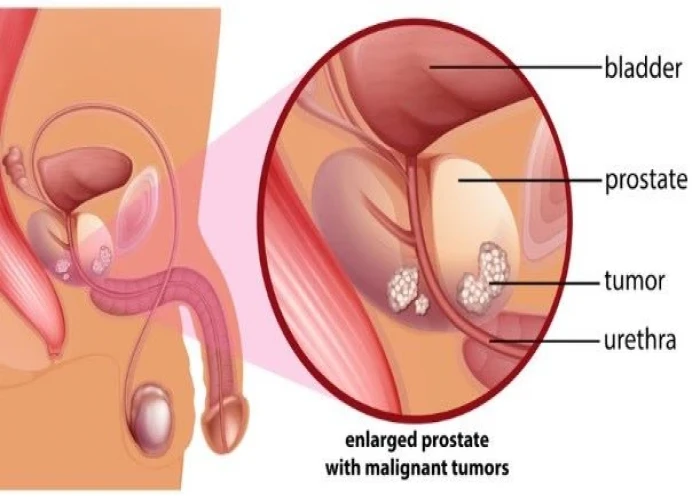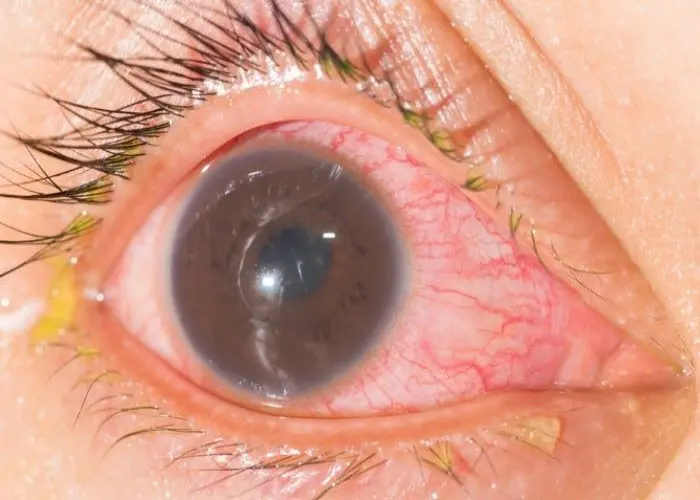 Welcome
Welcome
“May all be happy, may all be healed, may all be at peace and may no one ever suffer."
Vaginal cancer

Vaginal cancer is a rare type of cancer that affects the cells lining the vagina. It typically develops in the cells of the surface layer of the vagina, known as the squamous cells, but can also occur in other cell types. The exact cause of vaginal cancer is not known, but risk factors can include age, exposure to certain chemicals or drugs, infection with human papillomavirus (HPV), and a history of abnormal cervical cells or cervical cancer.
Symptoms of vaginal cancer can include abnormal vaginal bleeding, vaginal discharge, pelvic pain, painful urination, and painful sexual intercourse. Diagnosis of vaginal cancer typically involves a pelvic exam, a colposcopy to examine the cervix and vagina, and a biopsy to confirm the presence of cancerous cells.
Treatment for vaginal cancer depends on the stage and location of cancer and may involve surgery, radiation therapy, chemotherapy, or a combination of these treatments. Surgery may involve the removal of the affected tissues, such as the vagina, uterus, and nearby lymph nodes. Radiation therapy may be used to target cancer cells with high-energy radiation, while chemotherapy uses drugs to kill cancer cells throughout the body.
Early detection and treatment of vaginal cancer is important to achieve the best possible outcome. It is recommended that women undergo regular pelvic exams and Pap tests to screen for abnormalities or changes in the cervix or vagina. Vaccination against HPV can also help reduce the risk of developing vaginal and other types of cancers. If any symptoms of vaginal cancer are present, it is important to seek medical attention promptly.
Research Papers
Disease Signs and Symptoms
- Vaginal bleeding
- Watery vaginal discharge
- Vagina lump
- Burning during urination
- Frequent urination
- Constipation
- Pelvic pain
- Vaginal cancer
- Unusual vaginal bleeding, for example, after intercourse or after menopause
Disease Causes
Vaginal cancer
It's not clear what causes vaginal cancer. In general, cancer begins when healthy cells acquire a genetic mutation that turns normal cells into abnormal cells.
Healthy cells grow and multiply at a set rate, eventually dying at a set time. Cancer cells grow and multiply out of control, and they don't die. The accumulating abnormal cells form a mass (tumor).
Cancer cells invade nearby tissues and can break off from an initial tumor to spread elsewhere in the body (metastasize).
Types of vaginal cancer
Vaginal cancer is divided into different types based on the type of cell where the cancer began. Vaginal cancer types include:
- Vaginal squamous cell carcinoma, which begins in the thin, flat cells (squamous cells) that line the surface of the vagina, and is the most common type
- Vaginal adenocarcinoma, which begins in the glandular cells on the surface of your vagina
- Vaginal melanoma, which develops in the pigment-producing cells (melanocytes) of your vagina
- Vaginal sarcoma, which develops in the connective tissue cells or muscles cells in the walls of your vagina
Disease Prevents
Vaginal cancer
There is no sure way to prevent vaginal cancer. However, you may reduce your risk if you:
- Undergo regular pelvic exams and Pap tests. You can increase the chance that vaginal cancer is discovered early by having routine pelvic exams and Pap tests. When discovered in its earliest stages, vaginal cancer is more likely to be cured. Discuss with your doctor when to begin these tests and how often to repeat them.
- Ask your doctor about the HPV vaccine. Receiving a vaccination to prevent HPV infection may reduce your risk of vaginal cancer and other HPV-related cancers. Ask your doctor whether an HPV vaccine is appropriate for you.
- Don't smoke. If you smoke, quit. If you don't smoke, don't start. Smoking increases the risk of vaginal cancer.
Disease Treatments
Your treatment options for vaginal cancer depend on several factors, including the type of vaginal cancer you have and its stage. You and your doctor work together to determine what treatments are best for you based on your goals of treatment and the side effects you're willing to endure. Treatment for vaginal cancer typically includes surgery and radiation.
Surgery
Types of surgery that may be used to treat vaginal cancer include:
- Removal of small tumors or lesions. Cancer limited to the surface of your vagina may be cut away, along with a small margin of surrounding healthy tissue to ensure that all of the cancer cells have been removed.
- Removal of the vagina (vaginectomy). Removing part of your vagina (partial vaginectomy) or your entire vagina (radical vaginectomy) may be necessary to remove all of the cancer. Depending on the extent of your cancer, your surgeon may recommend surgery to remove your uterus and ovaries (hysterectomy) and nearby lymph nodes (lymphadenectomy) at the same time as your vaginectomy.
- Removal of the majority of the pelvic organs (pelvic exenteration). This extensive surgery may be an option if cancer has spread throughout your pelvic area or if your vaginal cancer has recurred.
- During pelvic exenteration, the surgeon may remove many of the organs in your pelvic area, including your bladder, ovaries, uterus, vagina, rectum and the lower portion of your colon. Openings are created in your abdomen to allow urine (urostomy) and waste (colostomy) to exit your body and collect in ostomy bags.
If your vagina is completely removed, you may choose to undergo surgery to construct a new vagina. Surgeons use pieces of skin, sections of intestine or flaps of muscle from other areas of your body to form a new vagina.
With some adjustments, a reconstructed vagina allows you to have vaginal intercourse. However, a reconstructed vagina isn't the same as your own vagina. For instance, a reconstructed vagina lacks natural lubrication and creates a different sensation when touched due to changes in surrounding nerves.
Radiation therapy
Radiation therapy uses high-powered energy beams, such as X-rays, to kill cancer cells. Radiation can be delivered two ways:
- External radiation. External beam radiation is directed at your entire abdomen or just your pelvis, depending on the extent of your cancer. During external beam radiation, you're positioned on a table and a large radiation machine is maneuvered around you in order to target the treatment area. Most women with vaginal cancer receive external beam radiation.
- Internal radiation. During internal radiation (brachytherapy), radioactive devices — seeds, wires, cylinders or other materials — are placed in your vagina or the surrounding tissue. After a set amount of time, the devices may be removed. Those with very early-stage vaginal cancer may receive internal radiation only. Others may receive internal radiation after undergoing external radiation.
Radiation therapy kills quickly growing cancer cells, but it may also damage nearby healthy cells, causing side effects. Side effects of radiation depend on the radiation's intensity and where it's aimed.
Other options
If surgery and radiation can't control your cancer, you may be offered other treatments, including:
- Chemotherapy. Chemotherapy uses chemicals to kill cancer cells. It isn't clear whether chemotherapy is useful for treating vaginal cancer. For this reason, chemotherapy generally isn't used on its own to treat vaginal cancer. Chemotherapy may be used during radiation therapy to enhance the effectiveness of radiation.
- Clinical trials. Clinical trials are experiments to test new treatment methods. While a clinical trial gives you a chance to try the latest treatment advances, a cure isn't guaranteed. Discuss available clinical trials with your doctor to better understand your options, or contact the National Cancer Institute or the American Cancer Society to find out what clinical trials might be available to you.
Supportive (palliative) care
Palliative care is specialized medical care that focuses on providing relief from pain and other symptoms of a serious illness. Palliative care specialists work with you, your family and your other doctors to provide an extra layer of support that complements your ongoing care.
When palliative care is used along with all of the other appropriate treatments, people with cancer may feel better and live longer.
Palliative care is provided by a team of doctors, nurses and other specially trained professionals. Palliative care teams aim to improve the quality of life for people with cancer and their families. This form of care is offered alongside curative or other treatments you may be receiving.
Disease Diagnoses
Disease Allopathic Generics
Disease Ayurvedic Generics
Disease Homeopathic Generics
-
Carbo animalis
30 strength.
- Calcarea iodata
-
Carbo vegetabilis
30, 200 strength.
-
Kreosotum
30, 200 strength.
-
Bromium
3, 6 strength.
-
Arsenicum
6 strength.
-
Silicea
30 strength.
-
Baryta carbonica
30, 200 strength.
-
Sulphur
6, 30 strength.
-
Lachesis
200 strength.
-
Carcinosinum (Carcinosin)
200 strength.
-
Lapis albus
6 strength.
Disease yoga
Vaginal cancer and Learn More about Diseases

Epidermolysis bullosa

Type 1 diabetes in children

Adnexal tumors

ARDS

Hip impingement

Prostate cancer

Iritis

Post-polio syndrome
vaginal cancer, যোনি ক্যান্সার
To be happy, beautiful, healthy, wealthy, hale and long-lived stay with DM3S.
